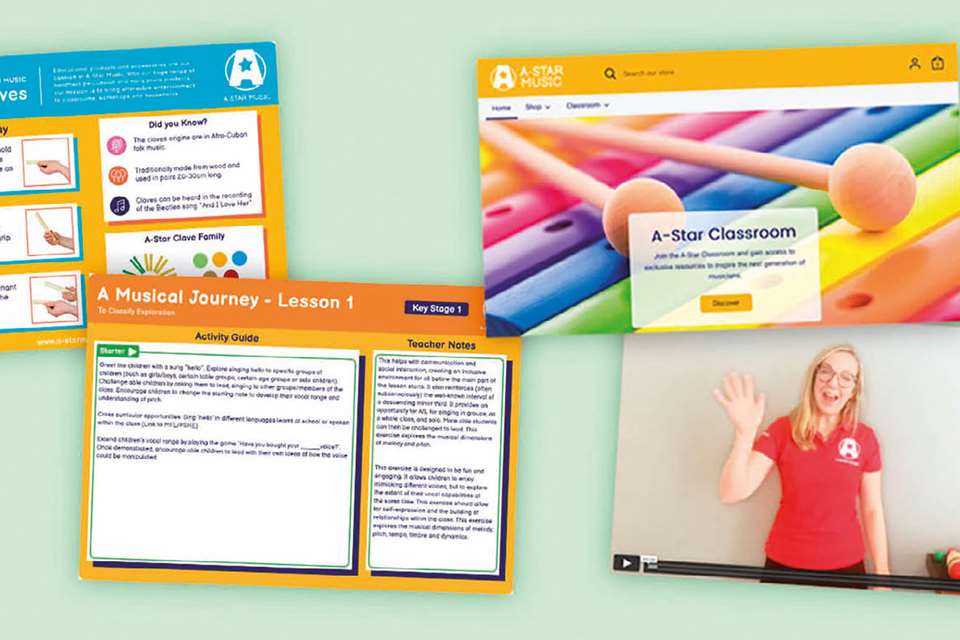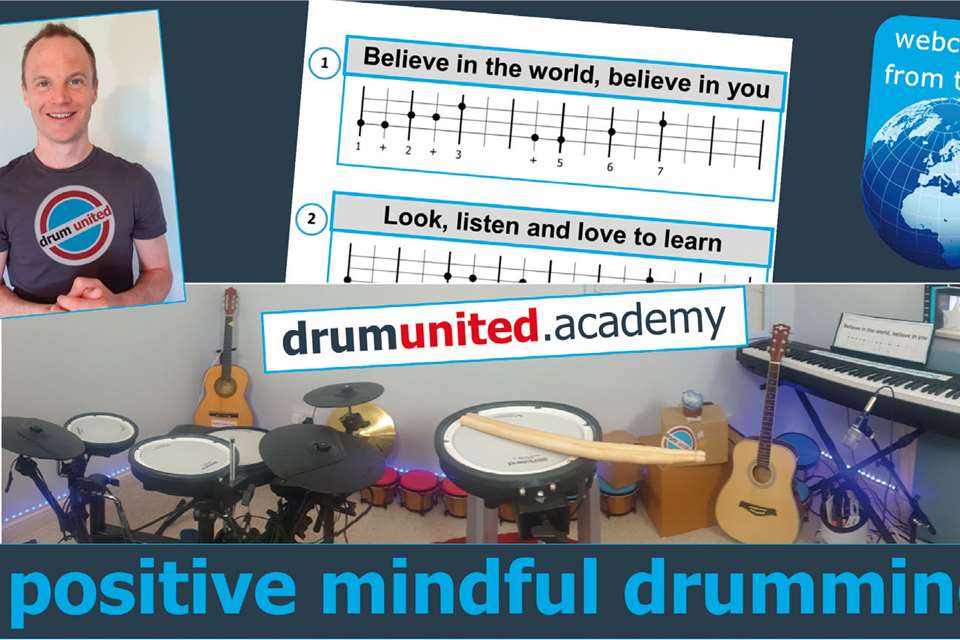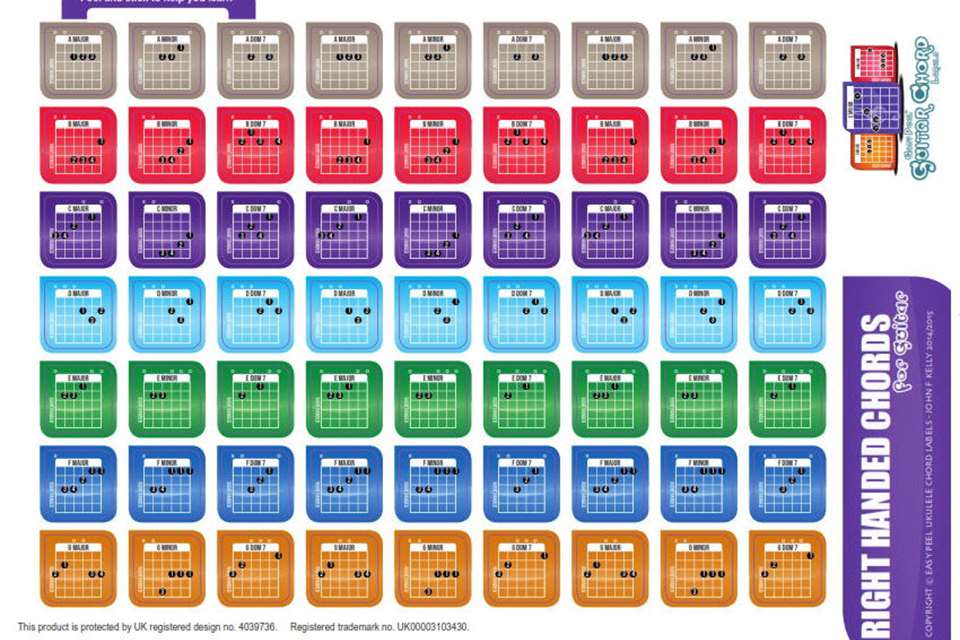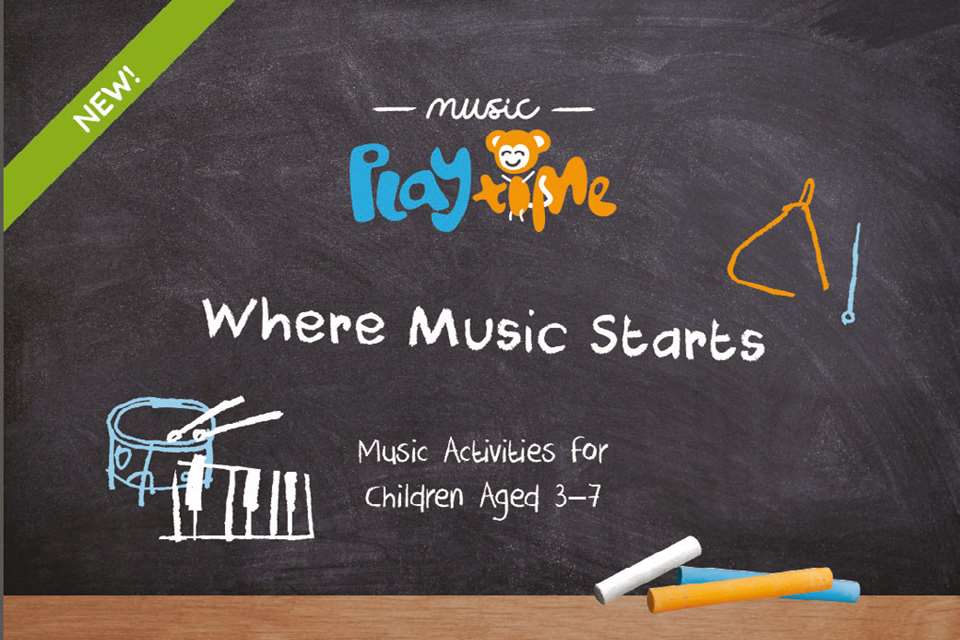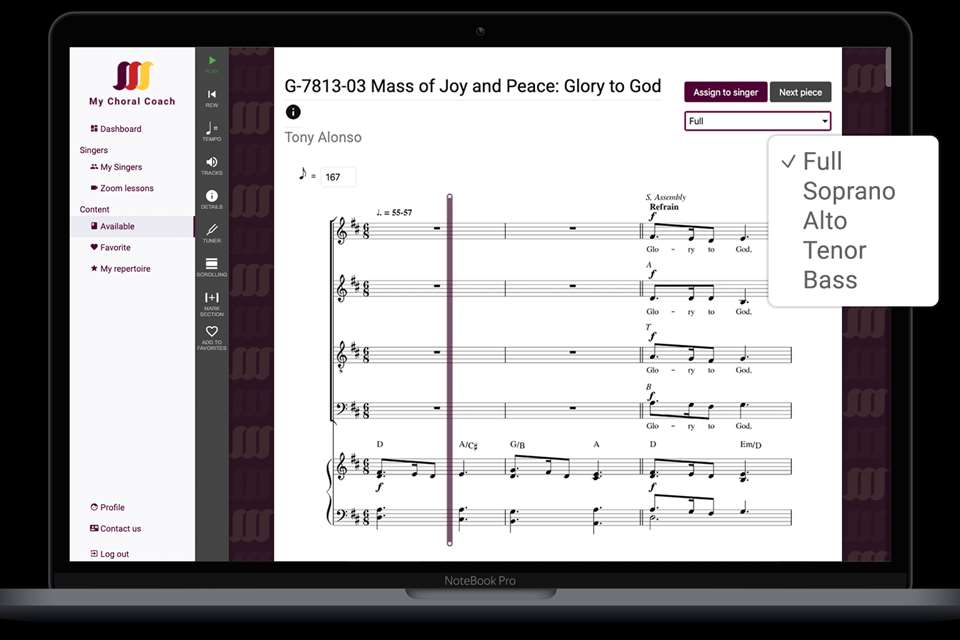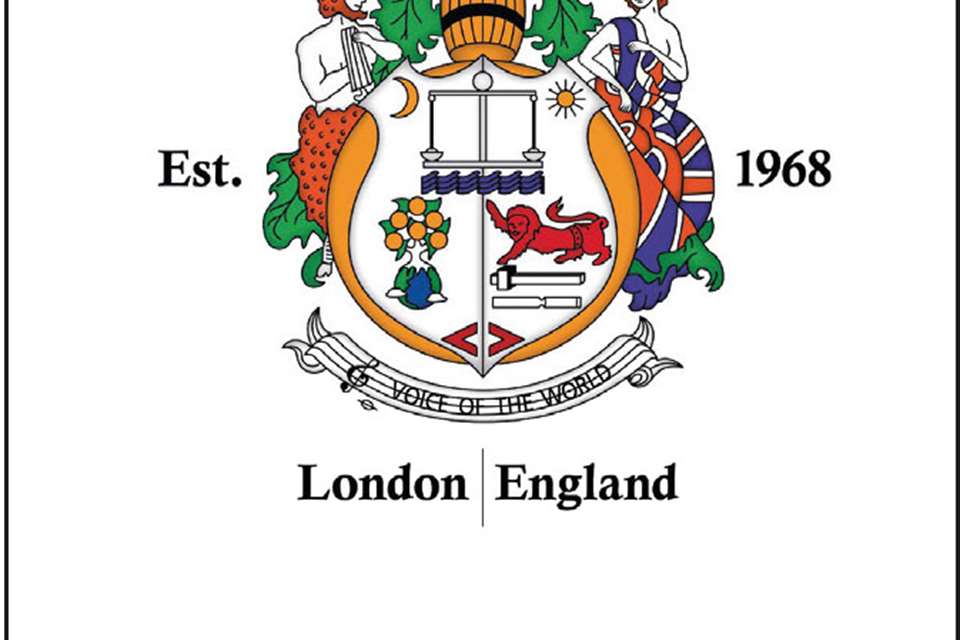Resource Reviews: Blackbird Early Years Music resource packs
Emma Hutchinson
Wednesday, December 1, 2021
Emma Hutchinson reviews the resource packs from Blackbird Early Years Music.
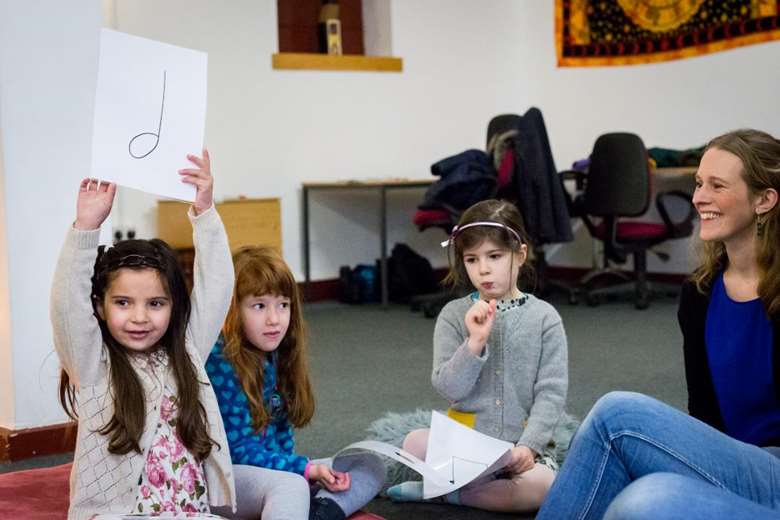
Before diving into the resources, I visited www.blackbirdearlyyearsmusic.com to have a look around. The strapline ‘Holistic music education for children’ (which appears on the website's home screen) is ambitious, suggesting that an integrated body, mind and sensory musical experience is a core part of Blackbird Early Years Music's ethos.
The website is tidy and easy to access, although a quick glance at ‘Approaches' shows the same page as ‘About Us' – perhaps it would be helpful for educators to read about Blackbird's approach in more detail. But enough nit-picking: when I click onto the resources section and get the magic approval for downloading my new resources, up pops a Microsoft Word document consisting of a term's worth of lessons within 26 pages of visuals, song sheets and MP3s.
Blackbird Resource Pack, Term 1
The mission statement aims ‘to enable teachers of all musical abilities to lead high quality music lessons [with early years] with confidence’. The author's confirmation of support via ‘online tutorials and live workshop opportunities' is heartening, since most products divert users to yet another email or helpline.
Acknowledgement of the contributors is nice to see, and the list includes children. I note that the ‘Prime’ and ‘Specific’ areas of the early years foundation stage (EYFS), rather than music goals, are highlighted first. I understand what the author is trying to achieve, but classically trained music educators may have limited knowledge of the EYFS. Using ‘affiliation’ or ‘align’ would help to avoid scrutiny. It might also be helpful to include the freely downloadable EYFS as part of the package.
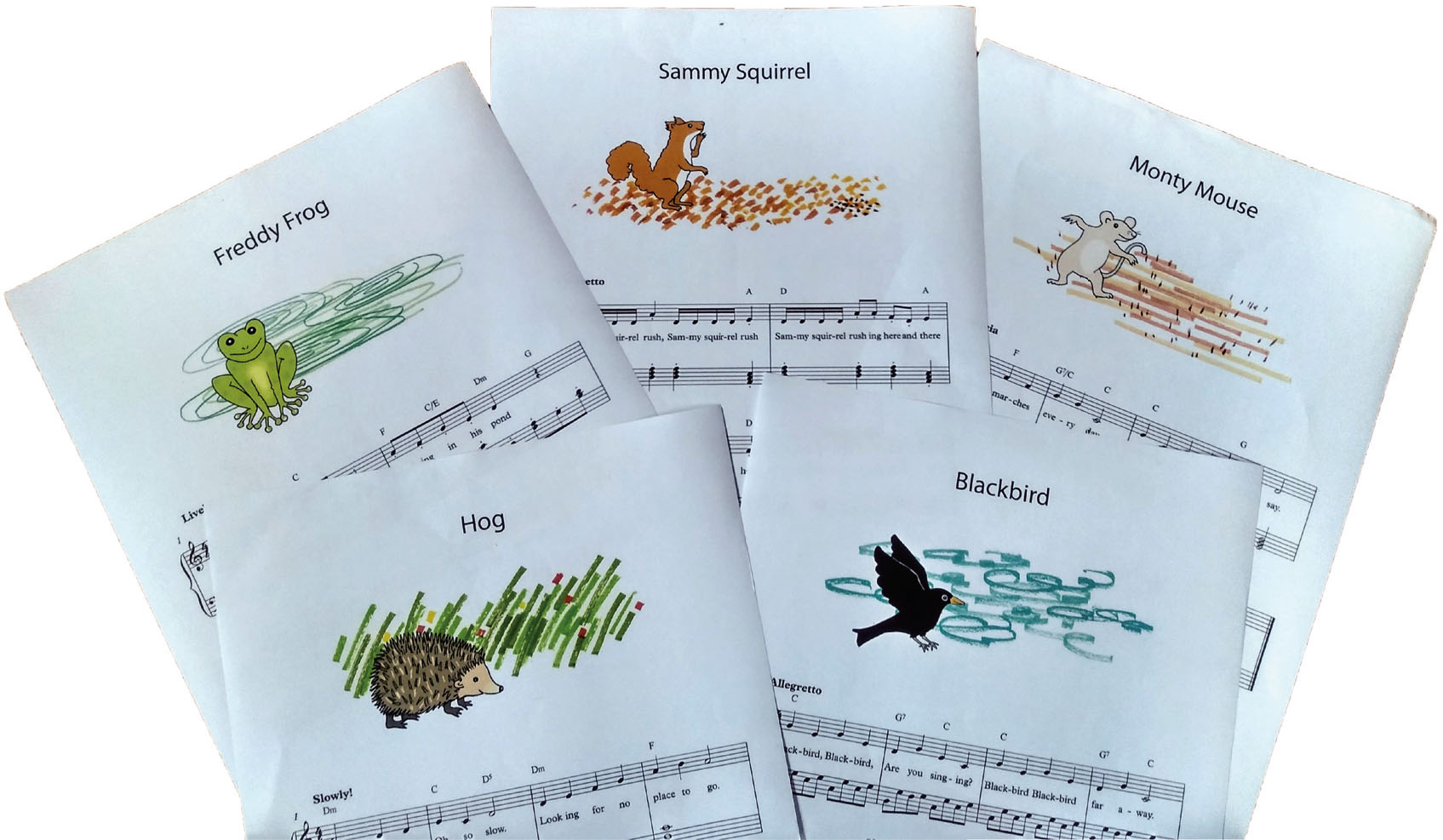
There is no doubt in my mind that most young children from ages 3–7 will gobble up the quirky illustrations and charming character-based songs. I would express caution on expecting so many songs and musical outcomes in one term, however – particularly in the context of ‘understanding’ and the assumption that the classes are educationally appropriate for all nursery ages.
The author then describes the class structure. I like the idea of a key character and encouraging children to find it through song. The three-part structure on first reading makes this music plan seem accessible and open-ended. Let's have a closer look:
The welcome song
The blackbird character is a nice touch to break the ice, provide musical interest, and reinforce a familiar, approachable brand. In this section, the suggestions are a little ambiguous (‘whispered’) and seem unfinished. Concrete ideas – perhaps a term's worth – will help music educators and their children to develop independent creative musical pathways over time and be hungry for more.
Activity of the week
The print layout correlates with Part 1 (Welcome), offering musical objectives combining action with visuals and good quality recordings. Weeks 1–5 highlight musical objectives as a starting point for developing other skills such as rhythm, musical nuances (crescendo/decrescendo). The remaining weeks refer to music appreciation and the EYFS goals (‘How does music make us feel?’). There is some confusion here – are we focusing on music or an EYFS goal? Yes, it is all about music, but the headings need to speak as a unified team. For my penny's worth, I'd recommend providing the same layout each week so that music educators can be confident about what they are trying to achieve. Believe me when I say that EYFS goals will emerge from a strong musical foundation; but that's a story for another article.
Pom Pom Game
I assume ‘pom poms' is Blackbird's name for the coloured circles referenced in Part 3. Providing these as part of the resources pack would add value. Choosing a colour (pom pom) to correspond with a musical activity such as ‘conducting’, ‘instrumental play’ or ‘picking your favourite song’ is a great idea and full of rich possibilities. Tweaks could perhaps be made in all areas to keep the language consistent and relevant to its primary focus. This includes providing more detailed references to the Kodály approach (‘Ta and TiTi’).
Recordings
These new songs are original, sweet, and designed with a specific music focus in mind. The accompanying tracks are clean and pitched well, assuming the focus on musical outcome is not solely about singing. For the initiated, there is a lot that can be experienced and enjoyed using the suggested ideas from the lesson plans.
There is no doubt that effort, skill, and commitment has gone into making this an affordable music resource. Educators should ideally have experience of each early years age group to maximise quality musical learning. The language used around aims and objectives could be tightened a little to best convey musical intentions and equip music educators to captivate the younger ages.
A pack with MP3 tracks, sheet music, activity cards and 10 lesson plans costs £34.99.
www.blackbirdearlyyearsmusic.com
The EYFS can be downloaded for free at www.gov.uk/government/publications/development-matters--2



